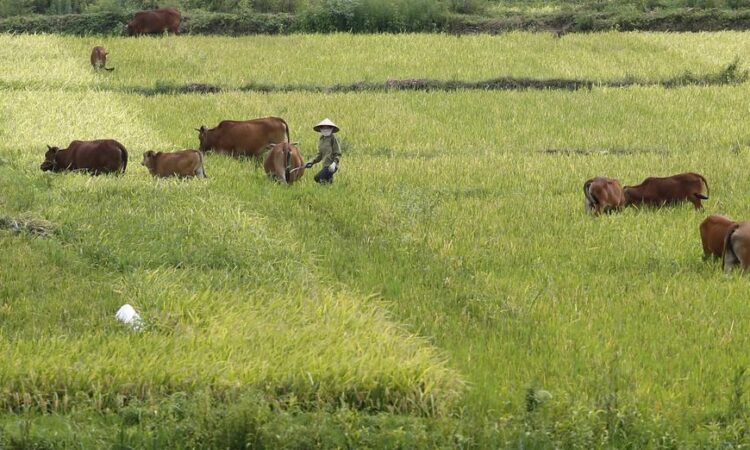
The European Union proposes to raise the maximum residue level (MRL) for tricyclazole in rice to 0.09 mg per kg from 0.01 mg/kg after finding that the raised level is unlikely to cause any risk for consumers.
The European Food Safety Authority (EFSA) has proposed the hike in the level of tricyclazole in rice after concerns over allowing the higher limit had been sufficiently addressed.
The proposal is now expected to be ratified by the European Standing Committee on Food Chain and Animal Health in May.
India’s demand
The decision should encourage Indian rice exporters as the fungicide residue’s presence has been a concern for shipments to the EU. However, India has been seeking an MRL of 1 mg/kg for the chemical.
Tricyclazole is a fungicide that is used to control the blast disease in rice. Tests carried out by Japanese scientists on mice are reported to have led to decreased body weight gain and increased organ weight and others in the rodent’s liver.
EFSA said Corteva Agriscience had submitted an application to Italy’s competent national authority, which is the rapporteur Member State (RMS) of the EU, to set an import tolerance for the active substance tricyclazole in rice.
According to trade experts, Italy is one of the EU members who has been unhappy with the EFSA regulations since it is a significant producer of rice.
Evaluation resubmitted
The RMS drafted an evaluation report in accordance with the EU regulations. It was submitted to the European Commission and forwarded to the European Food Safety Authority (EFSA) on April 26, 2018.
“The RMS proposed to establish MRL for rice imported from Brazil at the level of 0.09 mg/kg,” it said.
In turn, the EFSA identified the gaps in the evaluation and the RMS submitted a revised evaluation report on October 7, 2022.
“Based on the risk assessment results, EFSA concluded that the short-term and long-term intake of residues resulting from the use of tricyclazole according to the reported agricultural practice is unlikely to present a risk to consumer health,” the authority said.
Hydrolysis studies conducted to investigate the effect of processing on the nature of tricyclazole demonstrated that tricyclazole “is stable”. “As the proposed use of tricyclazole is on imported crops, investigations of residues in rotational crops are not required,” EFSA said.
Impact on feed
As by-products from (husked) rice, rice bran may be used for feed purposes, a potential carry-over into the food of animal origin was assessed. The calculated livestock dietary burden did not exceed the trigger value of 0.1 mg/kg dry matter (DM) for all relevant animal species.
“The relative contribution of tricyclazole residues from rice hulls to the total livestock exposure was insignificant, and therefore, animal commodities were not further considered in this application,” EFSA said.
The EFSA concluded that “the proposed use of tricyclazole on rice will not result in a consumer exposure exceeding the toxicological reference values and therefore is unlikely to pose a risk to consumers’ health”.






